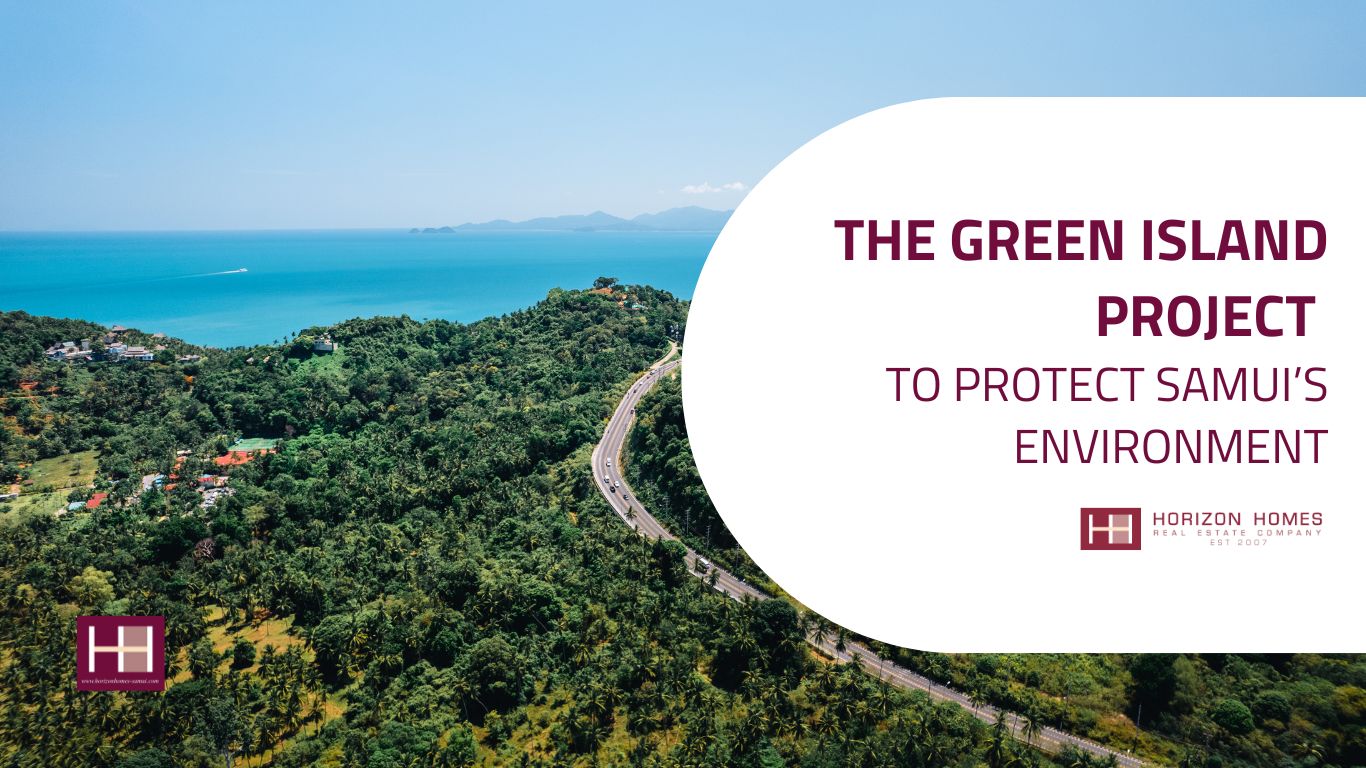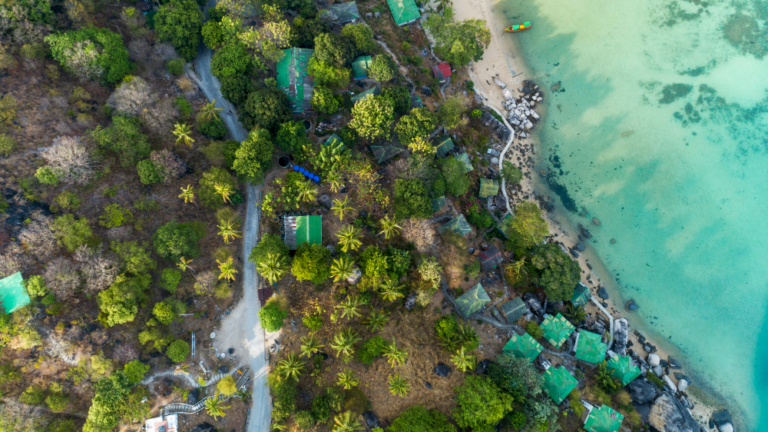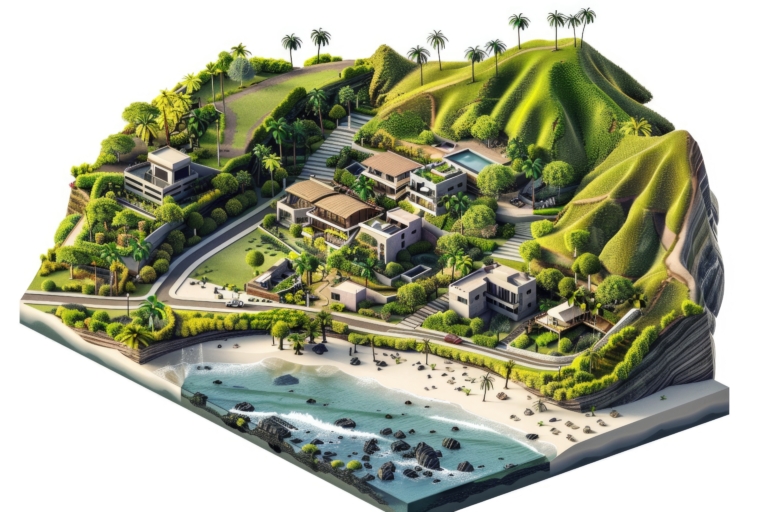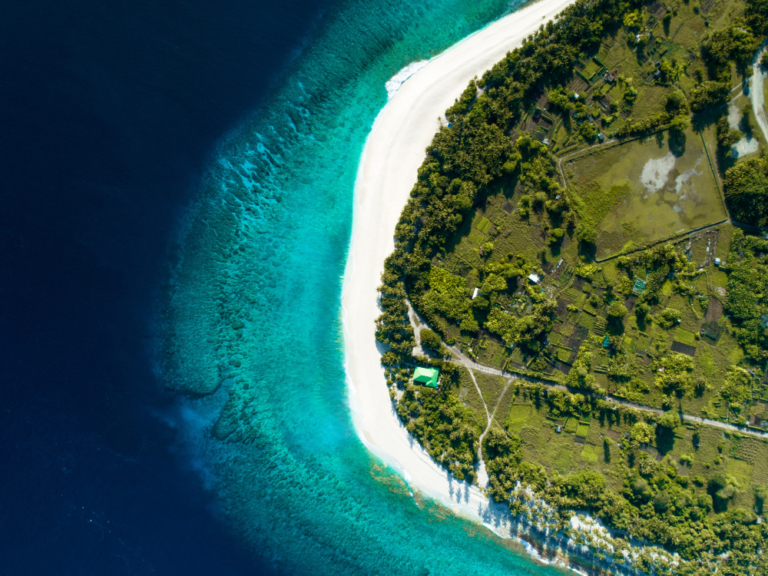Koh Samui, Thailand’s third-largest island, is renowned for its natural beauty, pristine beaches, and rich local culture. Over the decades, tourism has brought considerable economic benefits, with over 1 million tourists visiting each year, contributing approximately 15 billion baht annually to Thailand’s economy. However, this influx of tourists has placed immense pressure on the island’s natural resources, including water and waste management systems. The Green Island Project was launched in response to these growing environmental concerns, aiming to create a sustainable future for Koh Samui by fostering cooperation between the government, businesses, locals, and tourists.
The Beginning of the Green Island Project
The Green Island Project was officially initiated in 2008 to address the environmental degradation caused by unregulated tourism growth. Koh Samui’s development as a major tourist destination saw more than 400 hotels built, offering over 16,000 rooms. This growth led to increased demand for water and utilities, with 18,000 to 22,000 cubic meters of water consumed daily, while 120 tons of trash were generated each day. The lack of infrastructure planning to accommodate such growth had adverse effects on the island’s ecological balance.
The project was envisioned as a collaborative, long-term initiative designed to restore the island’s natural beauty and traditional way of life. It was launched as a 10-year plan (2008-2017), broken into three phases: the initial implementation, monitoring, and development period. The project sought to balance tourism with environmental preservation by introducing sustainable practices across all sectors.
The Journey of the Green Island Project
The Green Island Project set out to find cooperative solutions between various stakeholders—government offices, the local business community, public service organizations, and even tourists.
Government authorities were tasked with developing policies that supported tourism growth while minimizing its strain on the island’s natural resources. They worked alongside local businesses to promote eco-friendly manufacturing and services. The tourism sector began introducing environmentally conscious services, such as reducing single-use plastic, encouraging waste recycling, and promoting responsible travel behaviors among tourists.
Public service organizations played a key role by facilitating partnerships, coordinating environmental projects, and sourcing the necessary funding. These organizations connected the private sector, media, and the local community to foster a network of shared responsibility for the island’s protection.
One of the most critical components of the project was community involvement. The local population, many of whom were once fishermen and coconut farmers, actively participated in preserving Koh Samui’s cultural heritage and combining traditional knowledge with modern environmental practices. This grassroots support helped ensure the long-term success of the project.
Tourists were also encouraged to play their part in preserving the environment by supporting eco-friendly activities and respecting the island’s natural resources.
Achievements and the Impact on Koh Samui
The Green Island Project had several successful outcomes over its decade-long journey. By focusing on waste management, water conservation, and eco-friendly tourism, Koh Samui saw significant improvements in its environmental health. The reduction of plastic waste and improved waste separation systems helped alleviate the island’s waste disposal challenges. Hotels and restaurants embraced sustainable business practices, while eco-tourism experiences flourished, offering visitors opportunities to engage in environmental conservation activities.
The project’s success hinged on its multi-stakeholder involvement. The media played a crucial role in spreading environmental awareness, while businesses, such as hotels and restaurants, adopted green initiatives to support the island’s sustainability goals. This shift toward a more eco-conscious tourism model helped boost the island’s economy, attracting a new wave of environmentally aware travelers.
Not only did the project address immediate environmental issues, but it also created a foundation for long-term ecological preservation. Koh Samui’s marine life and coral reefs, once threatened by over-tourism and pollution, began to recover thanks to stricter regulations and responsible tourism practices.
The End of the Green Island Project
The Green Island Project officially concluded in 2017, having achieved many of its objectives. The initiative left a lasting impact on Koh Samui by creating a blueprint for sustainable development. By involving every sector of society, from government bodies to tourists, the project laid the groundwork for future environmental protection efforts.
Although the project itself has ended, many of the sustainable practices implemented during the program continue to benefit the island. Koh Samui remains committed to balancing tourism with ecological preservation, and the lessons learned from the Green Island Project are still being applied today.
Conclusion
The Green Island Project stands as a model for how tourism-dependent destinations can tackle the environmental challenges they face. By bringing together government bodies, businesses, and the local community, the project was able to make a meaningful impact on Koh Samui’s natural environment and set the stage for a more sustainable future. As global tourism continues to grow, projects like this are crucial in ensuring that natural paradises like Koh Samui can thrive for generations to come.





